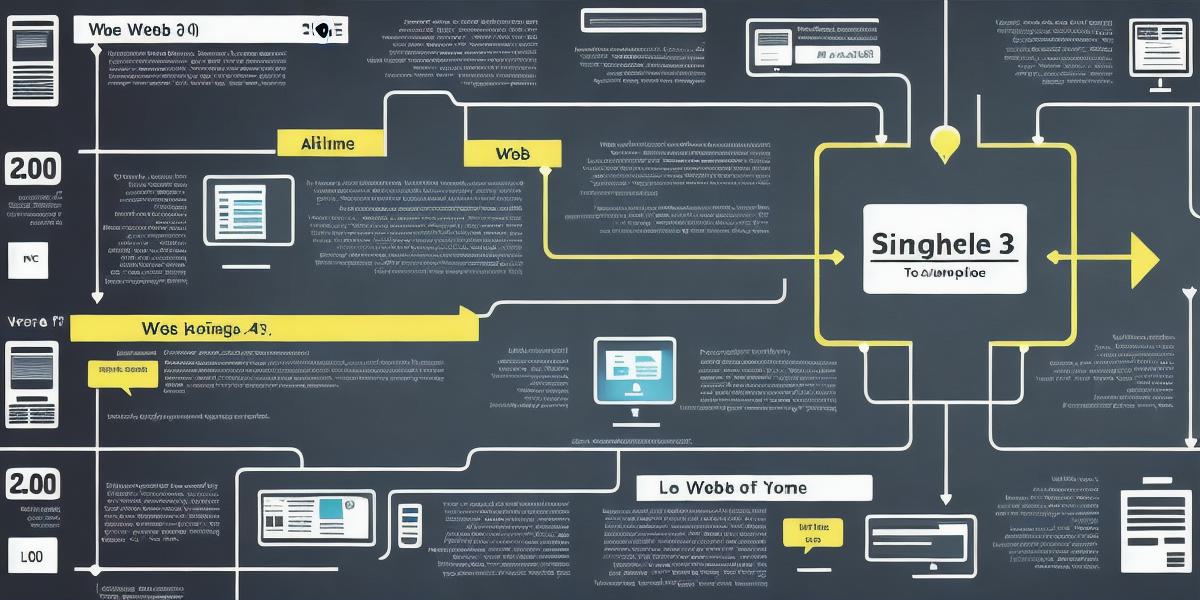The internet has revolutionized the way we communicate, work, and live our lives. Over the past two decades, we have witnessed the evolution of the internet from Web 1.0 to Web 2.0 and now to Web 3.0. Each generation of the web brings new features, capabilities, and opportunities for developers and users alike. In this article, we will explore the key differences between Web 2.0 and Web 3.0 and how they are shaping the future of the internet.

Web 2.0: The Social Internet
Web 2.0 was introduced in 2005 by John O’Reilly and Tim Berners-Lee, who coined the term to describe the evolution of the web from a static, read-only platform to a dynamic, interactive one. Web 2.0 is characterized by its focus on user-generated content, social networking, and collaboration.

Some key features of Web 2.0 include:
- User-generated content: Web 2.0 enabled users to create and share their own content on the web, such as blog posts, videos, photos, and music. This led to the rise of citizen journalism, social media, and other forms of user-generated content.
- Social networking: Web 2.0 introduced new ways for people to connect with each other online, through social networks like Facebook, Twitter, and LinkedIn. These platforms enabled users to create profiles, share information, and connect with others based on common interests and goals.
- Collaboration: Web 2.0 made it easier for people to collaborate on projects and work together in real-time, using tools like Google Docs, Trello, and Asana. This led to the rise of remote work, open-source software development, and other forms of collaboration.
Web 3.0: The Decentralized Internet
Web 3.0 was introduced in 2014 by Ethereum co-founder Vitalik Buterin as a response to the limitations of Web 2.0. Web 3.0 is characterized by its focus on decentralization, security, and privacy.
Some key features of Web 3.0 include:
- Decentralization: Web 3.0 aims to create a decentralized internet that is not controlled by a single entity or organization. This is achieved through the use of blockchain technology, which enables secure and transparent transactions without the need for intermediaries.
- Security: Web 3.0 prioritizes security by using cryptographic algorithms and protocols to protect user data and prevent fraud and hacking. This makes it much more difficult for malicious actors to compromise the integrity of the web.
- Privacy: Web 3.0 aims to give users more control over their personal data and enable them to share only what they choose to share. This is achieved through the use of decentralized identity systems, which allow users to manage their own identities and privacy settings.
Case Studies: Decentralized Applications in Action
Web 3.0 has already given birth to a range of decentralized applications (dApps) that are transforming the way we live our lives. Here are some examples:
- Decentralized Finance (DeFi): DeFi is a set of dApps and protocols that enable users to access financial services like lending, borrowing, trading, and insurance without the need for intermediaries like banks or brokerages. DeFi applications like Uniswap, Aave, and Compound are already being used by millions of people around the world.
- Supply Chain Management: Blockchain-based supply chain management systems
